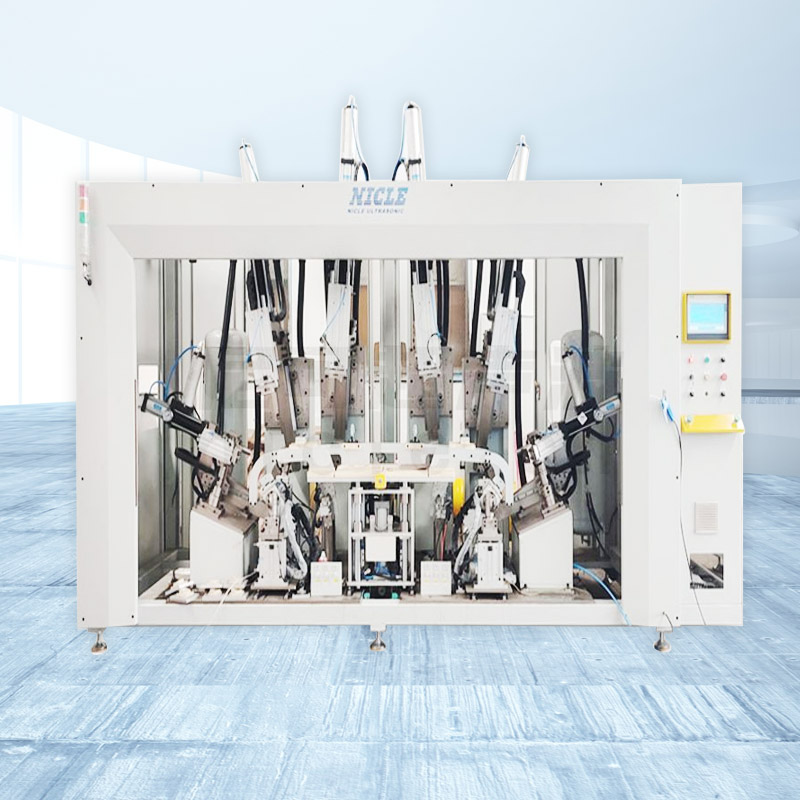How Do New Energy Vehicles Stay Efficient in Winter? The Evolution of On-Board High-Pressure Heaters
The rapid growth of the new energy vehicle (NEV) industry has brought high-pressure heaters into the spotlight as a critical component for electric vehicles (EVs). Power batteries, the core of EVs, typically operate within a temperature range of 0–45°C, with an optimal range of 10–30°C. Prolonged exposure to low temperatures can significantly reduce battery efficiency, lifespan, and even pose safety risks, such as thermal runaway. To address these challenges, effective heating solutions are essential to ensure optimal battery performance and passenger comfort in cold climates.
Currently, the most common heating methods include heat pump air conditioning systems and high-pressure heaters. Some solutions also incorporate heating films on battery cooling plates or self-heating pulse technologies. However, these methods often come with drawbacks, such as increased system complexity, higher maintenance costs, or limited heating efficiency. Among these, heat pump systems and high-pressure heaters stand out for their ability to simultaneously heat the battery and the passenger cabin, enhancing overall vehicle performance and comfort.
High-Pressure Heaters: Air vs. Liquid Heating
High-pressure heaters for EVs primarily use two heating methods: air heating and liquid heating. Air heaters are cost-effective, simple in design, and have shorter development cycles. However, their installation options are limited, and they introduce potential safety risks due to high-voltage wiring in the cabin. On the other hand, liquid heaters, though more expensive, offer uniform heating and the added benefit of preheating the battery pack. Their flexible installation and superior efficiency make them the preferred choice for many original equipment manufacturers (OEMs).
Liquid heaters are further categorized into PTC (Positive Temperature Coefficient) heaters and thick-film heaters, each with its own advantages and challenges.
PTC Heaters: Reliable but Limited
PTC heaters rely on ceramic resistors with a positive temperature coefficient. When the temperature exceeds a specific threshold, the resistor’s resistance increases sharply, enabling self-regulating heating and high safety standards. PTC heaters were first introduced in early-generation EVs and have since become a staple in thermal management systems. Their ability to deliver consistent heat output made them a popular choice.
However, PTC heaters have their limitations. Most operate on gear-based power control, which lacks precision. Additionally, their relatively large size and weight are at odds with the automotive industry’s push for lightweight designs. These factors, combined with high production costs due to patent restrictions, have driven the search for alternative solutions.
Thick-Film Heaters: A Lightweight and Efficient Alternative
Thick-film heating technology, developed in the 1960s, involves printing conductive paste onto substrates like ceramics or glass, followed by sintering to create a durable heating element. By the 1990s, this technology had gained traction in the automotive sector, offering a compact and energy-efficient alternative to PTC heaters.
Thick-film heaters are significantly lighter and smaller than their PTC counterparts, making them ideal for modern EVs focused on weight reduction and energy efficiency. They also support PWM (Pulse Width Modulation) stepless power control, allowing for precise temperature regulation and improved user comfort. However, their lack of inherent PTC characteristics requires additional control circuits to prevent overheating, adding some complexity to the design.
Heat Pump Systems: Efficient but Limited in Cold Climates
Heat pump systems have gained attention for their high energy efficiency, as they transfer heat from the external environment to the vehicle’s interior. However, their performance drops significantly in extremely cold conditions, making them less effective in northern climates. To address this, some manufacturers have integrated heat pumps with auxiliary heating systems, such as low-voltage PTC heaters, to ensure consistent performance across all temperatures.
The Future of Automotive High-Pressure Heaters
As heat pump technology becomes more prevalent in NEVs, the role of high-pressure heaters is evolving. Traditional heaters, designed for both battery and cabin heating, are now shifting toward smaller, more modular designs focused on auxiliary heating. This trend aligns with the industry’s move toward integrated thermal management systems, where components like air conditioning controllers, battery management systems (BMS), and vehicle control units (VCU) work together seamlessly.
Innovations in heater design are also focusing on domain control and miniaturization, enabling easier integration into advanced thermal management architectures. These advancements are paving the way for more efficient, lightweight, and cost-effective heating solutions.
Conclusion
The challenges of battery performance in low temperatures and the limitations of current heating technologies have driven significant innovation in the automotive heating sector. High-pressure heaters, particularly thick-film variants, offer a compelling solution with their compact size, lightweight design, and energy efficiency. As the industry continues to prioritize integration and modularity, these heaters are poised to play a crucial role in the next generation of electric vehicles.
By addressing the pain points of traditional PTC heaters and leveraging the benefits of advanced thick-film technology, manufacturers are delivering heating solutions that not only enhance vehicle performance but also contribute to the broader goals of sustainability and energy efficiency in the automotive industry.
Know about an automotive heat staking machine? Dizo Global tells you.




.jpg)

Comments